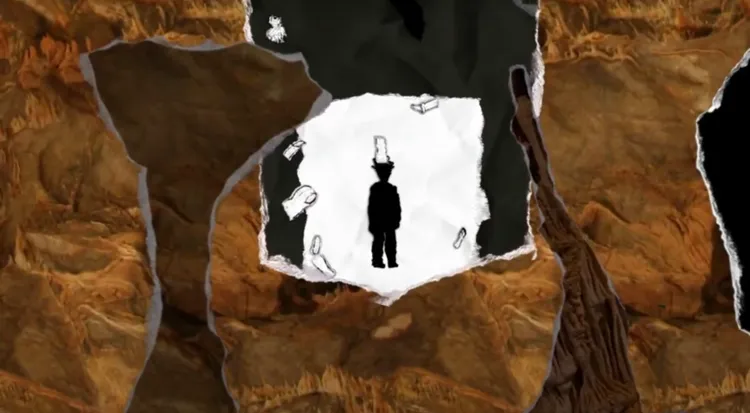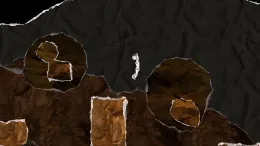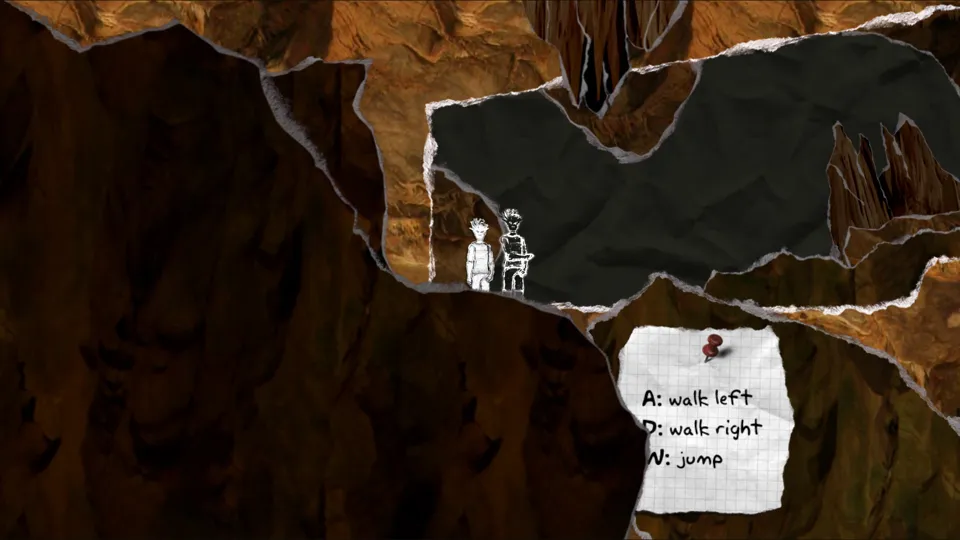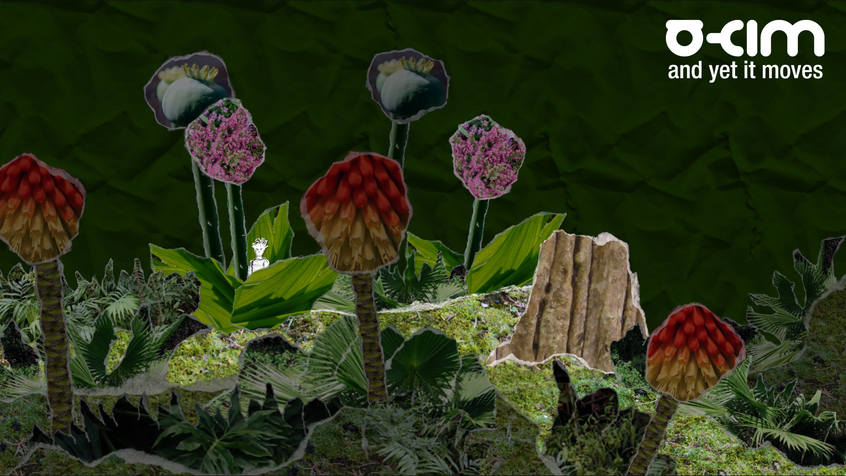And Yet It Moves
I wrote in my Alien Spidy review that I am not big on platformers, and broadly, that’s true. I didn’t grow up on a joystick or a console. My fingers like to push random buttons at random times when I get excited. Platformers are not my forte.
What I do like, though, are games that break the mould and question the rules of their genre. I like games that break the structure and try to think a little bit differently about what they could be and do within the framework of what they’re trying to accomplish. Doing so restructures the story that the genre fundamentally tells and gives rise to the possibility of telling something more complex. And Yet It Moves takes a basic platformer and makes it special by rewriting the rules and making the player rethink what a platformer can actually be.
 I’m still terrible at platformers, though.
I’m still terrible at platformers, though.
And Yet It Moves takes place in a beautiful world of paper cut-outs, .jpg enemies, and a haunting soundtrack. You play as a a person (shown above after going splat) vaulting from platform to platform, heading for some unknown destination for unknown reasons. The game doesn’t tell much of a story, nor does it necessarily need one. Who you are and why you are doesn’t matter nearly as much as where you are.
Where you are is a world where the objective isn’t just to jump from platform to platform, but to rethink what a platform is and how to approach it. In addition to jumping, the character has the ability to rotate gravity. The player solves the level not just by running and jumping, but by thinking about which angle to approach from, when to turn, and how to use momentum to make an impossible jump possible. It takes the concept of platforming and finding a path from point a to point b and turns it on its head.
 This mechanic does not make me better at platformers.
This mechanic does not make me better at platformers.
The lack of sense of up and down - and the lack of reason to believe there should be a clear up or down - lends the entire game a more surreal and fantastic air. The already eerie soundtrack and backdrops beautifully augment the disorientation. You’re surrounded by mechanics and backdrops that ought to be familiar, but are instead totally unfamiliar. The mechanics keep the player interested and moving, and give motivation to try again.
 A screenshot from And Yet It Moves
A screenshot from And Yet It Moves
I know I keep comparing this game to Alien Spidy, but it’s in the comparison that it’s easier to see why this game works when the other does not. There were multiple (read: many) times where I got stuck at a jump or a barrier, puzzling what the game wanted me to do. I struggled with controls, or struggled with timing, but there was always the potential to try another way or another approach. The obvious route wasn’t always the right one, nor was it the only one - I could find a route that was doable by my particular strengths and weaknesses, and wasn’t confined to mastering the only solution available. The best comparison I can make is to rock climbing. And Yet It Moves, like rock climbing, is not only a challenge of the technical skill, but also a challenge that lets you stretch your puzzle-minded brain. It’s not enough to press jump or turn at the right time - it’s necessary to think creatively and to study the problem before leaping in.
Ultimately, it’s that sense of puzzling and that ability to be flexible that made me enjoy this game. Its design and soundtrack are gorgeous, but the game’s very design reflects what the player is meant to get out of it. The players are asked to rethink the genre and the puzzles, and to reconsider what route might be best at any give time. The game’s designers clearly challenged themselves in the same way, and in doing so, created a very unique, excellent platformer.
Developer: Broken Rules
Genre: Puzzle-Platform
Year: 2009
Country: Austria
Language: English
Play Time: 3.5 - 4 Hours, Unless You’Re Like Me, In Which Case, More Like 12
